Injury Management
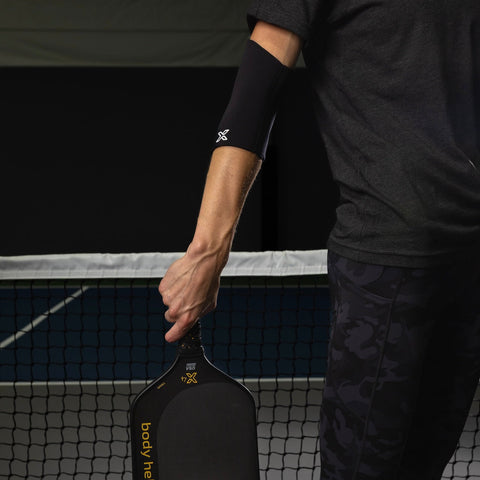
Is pickleball elbow pain sidelining your game? Discover what causes this common pickleball injury, how our advanced Body Helix compression sleeves are engineered to reduce discomfort and inflammation, and how they can accelerate your recovery to get you back on the court stronger and faster.

We recently had the pleasure of sitting down with former two-time Australian Open Champion, Johan Kriek. Our conversation covered timely topics such as injuries among the professionals as well as the aspiring junior players he trains at his academy in Palm Beach Gardens, Florida.
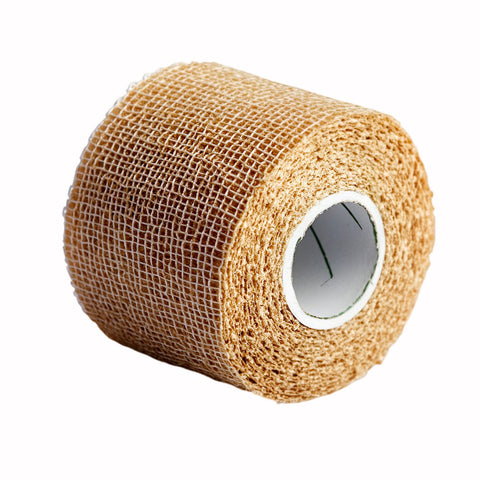
There are two components to high-quality compression products: stretch and strain. Stretch refers to the compression material’s elasticity. A compression sleeve that does not stretch as much as the body will either restrict motion or migrate out of position when the joint is flexed. Strain, however, refers to the material’s ability to snap back to its normal shape and maintain compression after a stretch is applied.
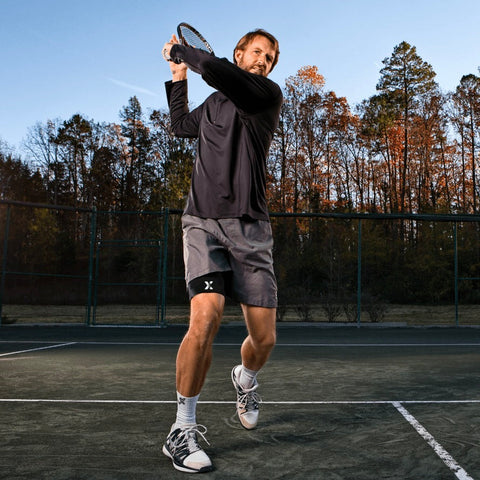
While our products help those recover from a wide range of sports injuries, Lawrence uses Body Helix compression wraps to recover from wrist and thigh injuries. The wraps provide support and warmth prior, during, and after his tennis game, reduce pain, and prevent future injuries. Discover why Lawrence choses Body Helix wraps for compression treatment, injury management, and why he "can’t play tennis without it.”
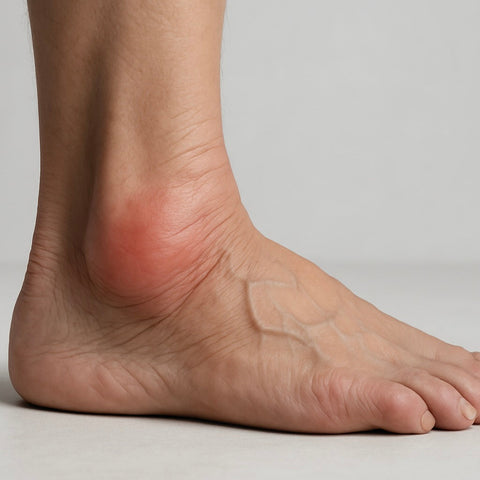
Arthritis occurs when the articulate cartilage, or flexible tissue, that coats the ends of the bones breaks down. There are many causes of cartilage loss, including inflammation, trauma, infections or crystal disease. The most common, though, is degenerative loss of cartilage. This, more commonly known as osteoarthritis (OA or degenerative joint disease), happens when the joint surface is mechanically overloaded, due to repetitive asymmetric motion, or wear and tear.
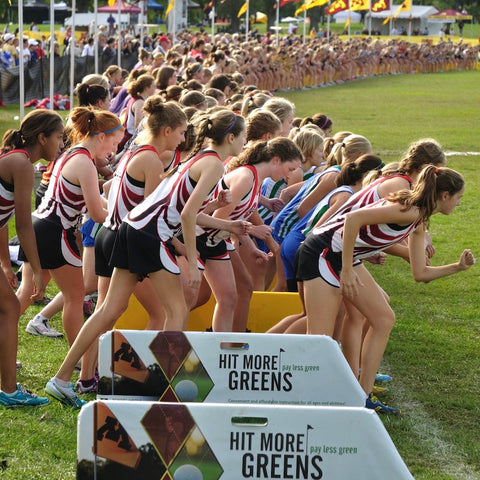
If you take a moment to lace your shoes properly, this can reduce your chances of getting blisters and twisting your ankles. It's so simple, and yet we have observed over decades that so few athletes do this. When you finish working out, loosen your sneakers all the way down to the bottom. Pull the tongue up and leave them open. Learn about these 2 tips and more in this week's blog
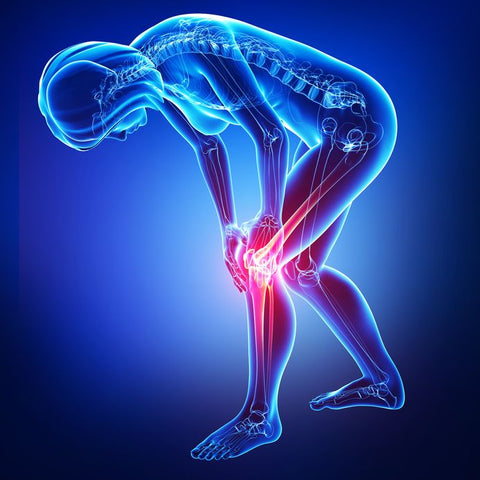
Most anyone with an active lifestyle has likely suffered from a hamstring strain, calf strain, ankle sprain or some other type of strain and/or sprain injury at some point. It's important to understand your particular type of injury and its healing process so that ultimately, you can learn how best to support and accelerate the healing process. In this article, we will draw a distinction between strains and sprains, providing you with a better understanding of the medical terminology and the range of injuries that might occur.
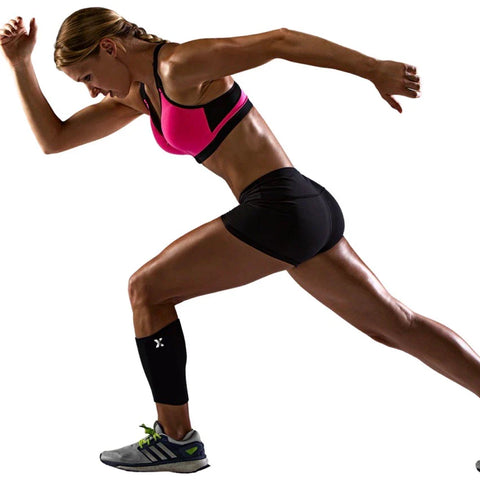
Shin splints, aka Medial Tibial Stress Syndrome, stem from inflammation around the anterior part of your tibia. Often plaguing runners and athletes, repetitive activity overworks the muscle and bone tissue around the shin. Sudden changes in duration or intensity of activity, such as increasing your training to train for a half marathon, can spark pain. That’s because the structure around your medial tibia hasn’t had time to adapt to the new demands.
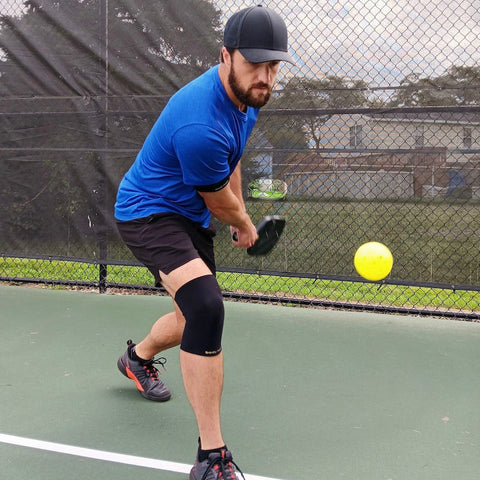
The use of compression sleeves, wraps, and braces in injury prevention is a well-established practice, supported by its numerous benefits, including enhanced circulation, muscle stabilization, reduced swelling, and injury-specific support. Whether you're an athlete aiming to improve performance or an individual seeking to prevent injuries during everyday activities, compression wear can be a valuable addition to your routine.
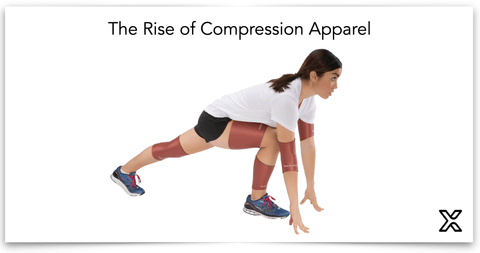
In today's sports, the use of compression is ubiquitous on almost every playing surface. Why have compression's benefits become so popular in the first place? For many athletes, compression sleeves are a routine part of their training and recovery regimen. In this blog post, we'll explore the history of compression gear and learn why they are now an essential piece of equipment for athletes.

In baseball, elbow pain is usually caused by overuse and repetitive motion. This can eventually hinder a player's range of motion and limit or prevent the ability to throw a ball. If you're an athlete who plays baseball, it's essential to be aware of the types of common elbow injuries in baseball, and how to prevent them.

